Optimal Timing for Fern Removal
Timing plays a crucial role in the effectiveness of fern removal. The optimal period depends on the fern species, local climate, and growth cycle. Generally, late winter to early spring is considered ideal for removal activities, as ferns are less active and more dormant during this time. This allows for easier removal and reduces the risk of regrowth.
Spring is a popular time for fern removal, especially before new growth begins. Removing ferns early helps prevent them from establishing deep root systems and spreading further.
This period can also be suitable, especially if the fern is mature and has completed its growth cycle. Proper removal during this time can reduce regrowth in the following season.
In regions with cold winters, it is best to avoid removal during freezing temperatures, as frozen soil can hinder removal efforts and damage surrounding plants.
Local weather patterns influence fern activity. Consulting regional guidelines can optimize removal timing for specific fern species.
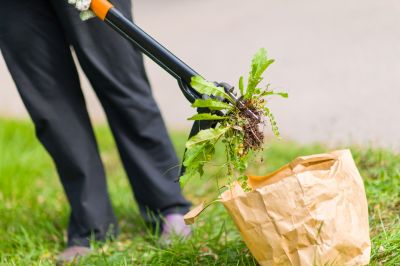
Tools used for effective fern removal include spades, root cutters, and herbicide applicators.

Understanding fern growth stages aids in planning the best removal time.
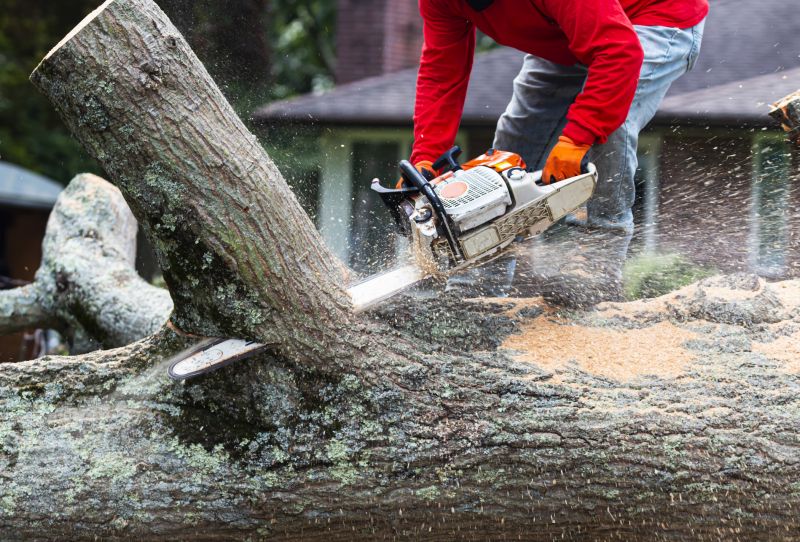
Proper technique ensures minimal disturbance to surrounding landscape.

Ways to make Fern Removals work in tight or awkward layouts.

Popular materials for Fern Removals and why they hold up over time.

Simple add-ons that improve Fern Removals without blowing the budget.
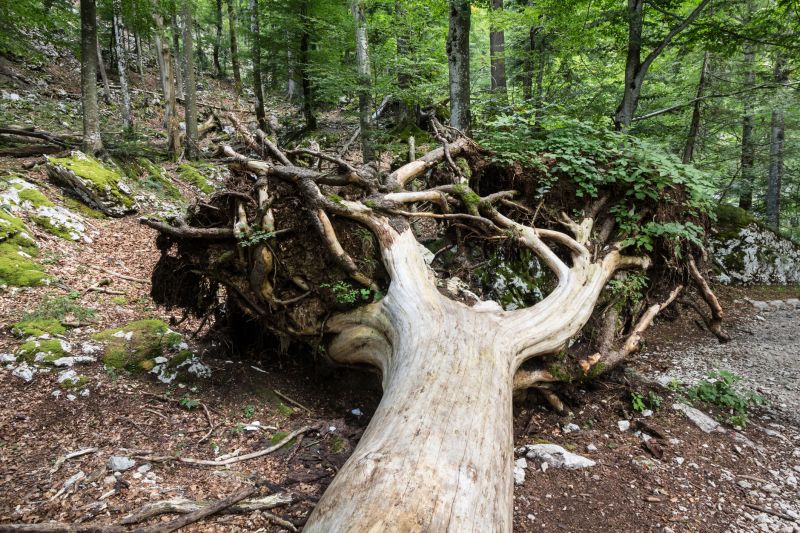
High-end options that actually feel worth it for Fern Removals.
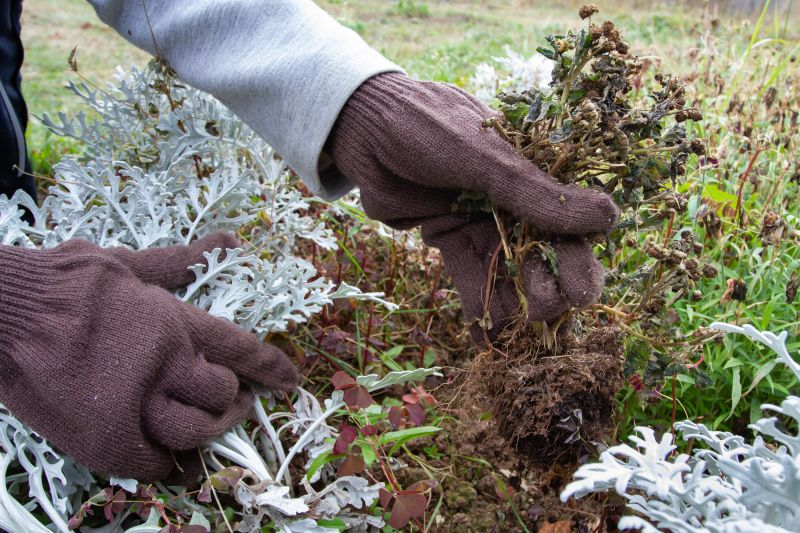
Finishes and colors that play nicely with Fern Removals.
| Season | Optimal Activities |
|---|---|
| Winter | Avoid removal due to frozen soil and dormant growth |
| Spring | Ideal for removal before new growth begins |
| Summer | Suitable for mature ferns, with attention to heat |
| Fall | Good for removal after growth cycle, before dormancy |
Fern removals are an essential part of landscape management, especially in areas where invasive or unwanted ferns threaten native plant diversity. Proper timing ensures effective control and minimizes environmental impact. The process involves identifying the fern species, assessing growth stages, and selecting appropriate removal methods. When executed during the correct season, fern removal can reduce regrowth and help maintain a balanced landscape.

Deep root systems require careful extraction during removal.

Targeted herbicide use can aid in controlling stubborn fern species.

Proper site preparation prevents future fern growth.

Replanting or mulching can help establish desired vegetation.

Little measurements that prevent headaches on Fern Removals day.

A 60-second routine that keeps Fern Removals looking new.
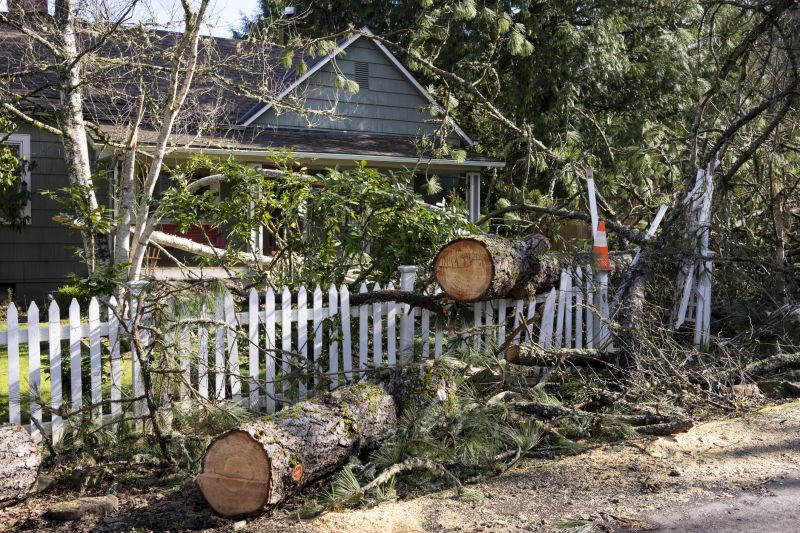
A frequent mistake in Fern Removals and how to dodge it.

Small tweaks to make Fern Removals safer and easier to use.
Interested in professional fern removal services? Filling out the contact form can provide tailored advice and assistance to effectively manage fern growth in any landscape.



